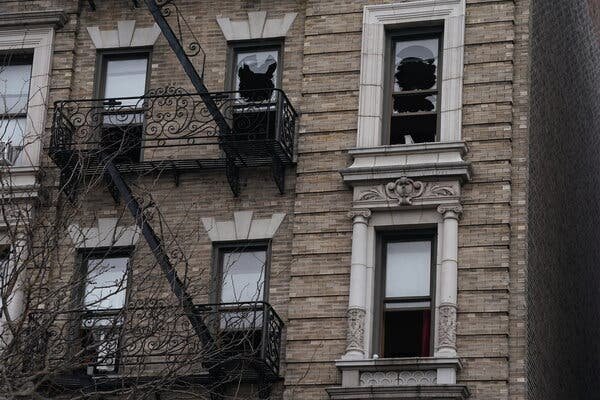The area near Citi Field and the National Tennis Center is undergoing redevelopment but lacks accessibility for wheelchair users, with promised elevator installations stalled due to funding issues. Despite commitments made in the past, progress on making the transit stations at Mets-Willets Point accessible for all has been slow. Various proposals and calls for private funding to support accessibility upgrades have been made, but the situation remains unresolved, causing frustration for disabled individuals and advocates.
Accessibility at Mets-Willets Point: Addressing the Challenges and Solutions
In the bustling Queens neighborhood of Flushing Meadows-Corona Park, signs of progress abound with ongoing redevelopment plans near Citi Field and the National Tennis Center. However, a significant challenge remains for wheelchair users accessing the Long Island Rail Road (LIRR) and 7 train stops at Mets-Willets Point. Despite commitments made nearly a decade ago, the stations still lack proper accessibility features, hindering individuals with mobility challenges from using public transit to reach major events like the U.S. Open.
The MTA had pledged in 2014 to make the Mets-Willets Point LIRR stop fully accessible by 2016, including the installation of elevators to bridge the gap between the train platform and key destinations in the area. Unfortunately, the project has not progressed beyond the planning stage, citing funding constraints as a major hurdle. The delay in implementing accessibility upgrades has been further compounded by disruptions such as the pause on congestion pricing and the cancelation of the LaGuardia AirTrain project.
The absence of essential accessibility features like elevators poses significant barriers for wheelchair users and individuals with mobility aids, forcing them to navigate through alternate and often inconvenient routes to access key transit points. The lack of accessibility not only limits the freedom of movement for disabled individuals but also deters them from participating in various events and activities in the area.
While some efforts have been made to provide alternative accessibility options, such as designated pick-up and drop-off areas for Access-A-Ride users, the fundamental issue of station accessibility remains unresolved. The advocacy for accessibility improvements at Mets-Willets Point has gained momentum, with calls for private developers and stakeholders, including Related Companies, Sterling Equities, and Mets owner Steve Cohen, to contribute to funding the much-needed upgrades.
The proposed Metropolitan Park project, which includes plans for a casino near Citi Field, offers a potential opportunity to address accessibility challenges at the No. 7 station outside the stadium. By leveraging developer-funded community benefits, a significant investment could be made towards improving station accessibility and ensuring a more inclusive transit environment for all residents and visitors.
Transit advocates and local officials are actively engaging with stakeholders to prioritize accessibility upgrades in the upcoming MTA capital plan, emphasizing the importance of universal access to public transportation. Queens Borough President Donovan Richards has been a vocal proponent of enhancing mass transit accessibility in the area, underscoring the need for equitable transportation options for all residents.
As the annual influx of visitors converges on the stations serving Citi Field and the Tennis Center, the urgency to expedite accessibility improvements becomes more apparent. U.S. Open fans and disability rights advocates are calling for swift action to make Mets-Willets Point fully accessible, ensuring that individuals with disabilities can enjoy events and amenities without hindrance.
In conclusion, addressing the accessibility challenges at Mets-Willets Point is not just a matter of compliance with ADA regulations but a vital step towards fostering a more inclusive and equitable transit system. By rallying support from public and private partners, investing in infrastructure upgrades, and prioritizing the needs of individuals with disabilities, we can create a more accessible and welcoming environment for all members of the community.
Source: TheCity.NYC









